An anti-join, also called an excluding-join or left-outer-join, comes from requesting data from a table where some value is not in another table
Formal Definition
The antijoin, written as R ▷ S (where R and S are relations), is similar to the semijoin, but the result of an antijoin is only those tuples in R for which there is no tuple in S that is equal on their common attribute names.
Venn Diagram

SQL Phrasing
SELECT <select_list>
FROM TableA A
LEFT JOIN TableB B
ON A.Key = B.Key
WHERE B.Key IS NULL
Related to semi-join